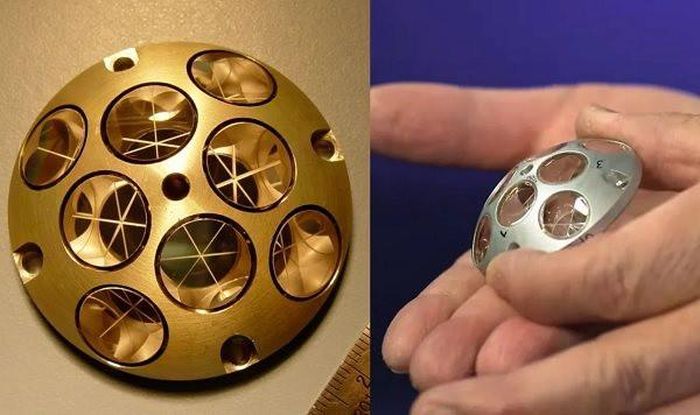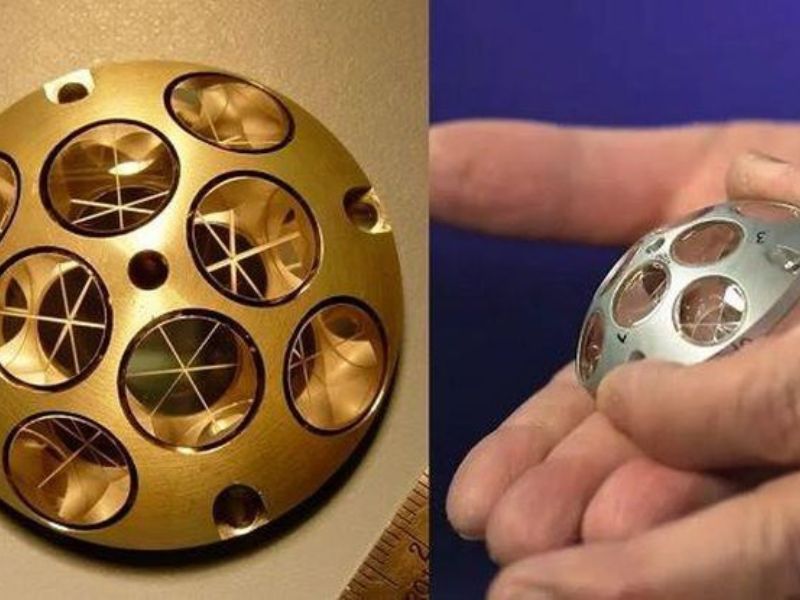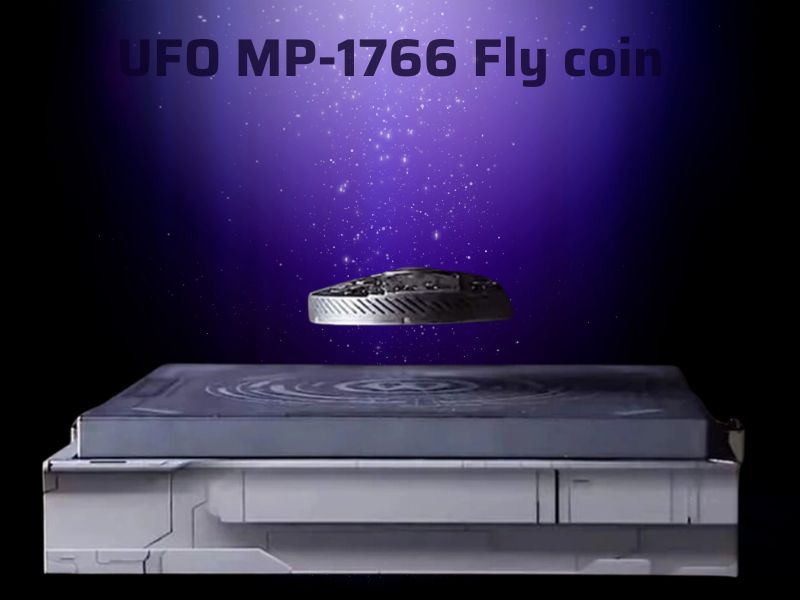Interesting Engineering reports that NASA has developed a simple yet effective technology called Laser Reflective Array (LRA) to precisely determine the position of Moon rovers.
The LRA operates by reflecting lasers from all angles back to its source. This compact, lightweight, and cost-effective device is set to be equipped on all US lunar rovers as part of the Commercial Lunar Payload Services (CLPS) initiative. It is also one of six essential devices that the Nova-C lunar lander will carry to the Moon.

Dr. Daniel Cremons from NASA’s Goddard Space Flight Center explains that the LRA functions similarly to a reflective strip on a road sign, aiding drivers in night vision. He clarifies, “Unlike a reflective mirror that needs to be precisely aimed towards you to reflect, the new device ensures that light at various angles is directed straight back to the source.” The process involves shining a laser from one spacecraft to the LRA on another and measuring the reflection time to determine the distance between them.
Dr. Sun Xiaoli, a colleague of Dr. Cremons, notes that this technology, although not new, has been used to measure the distance between the ground and satellites. Dr. Cremons emphasizes that the LRA not only facilitates determining the position of lunar rovers on the Moon’s surface but also establishes a system similar to GPS on Earth.
This technology provides specific advantages in constructing a Moon base, enabling the assembly of modules at night without sunlight.
Dr. Cremons highlights that the LRA assists lunar rovers in landing safely on a landing site, even in the absence of light. This allows spacecraft to land on the lunar dark side, where significant resources, especially water, are believed to be present.
Despite its small size and simplicity, Dr. Cremons believes that the LRA can withstand the harsh lunar environment for decades to come.
Note: This article utilizes information, images from Interesting Engineering and Nasa.






Muchas gracias. ?Como puedo iniciar sesion?